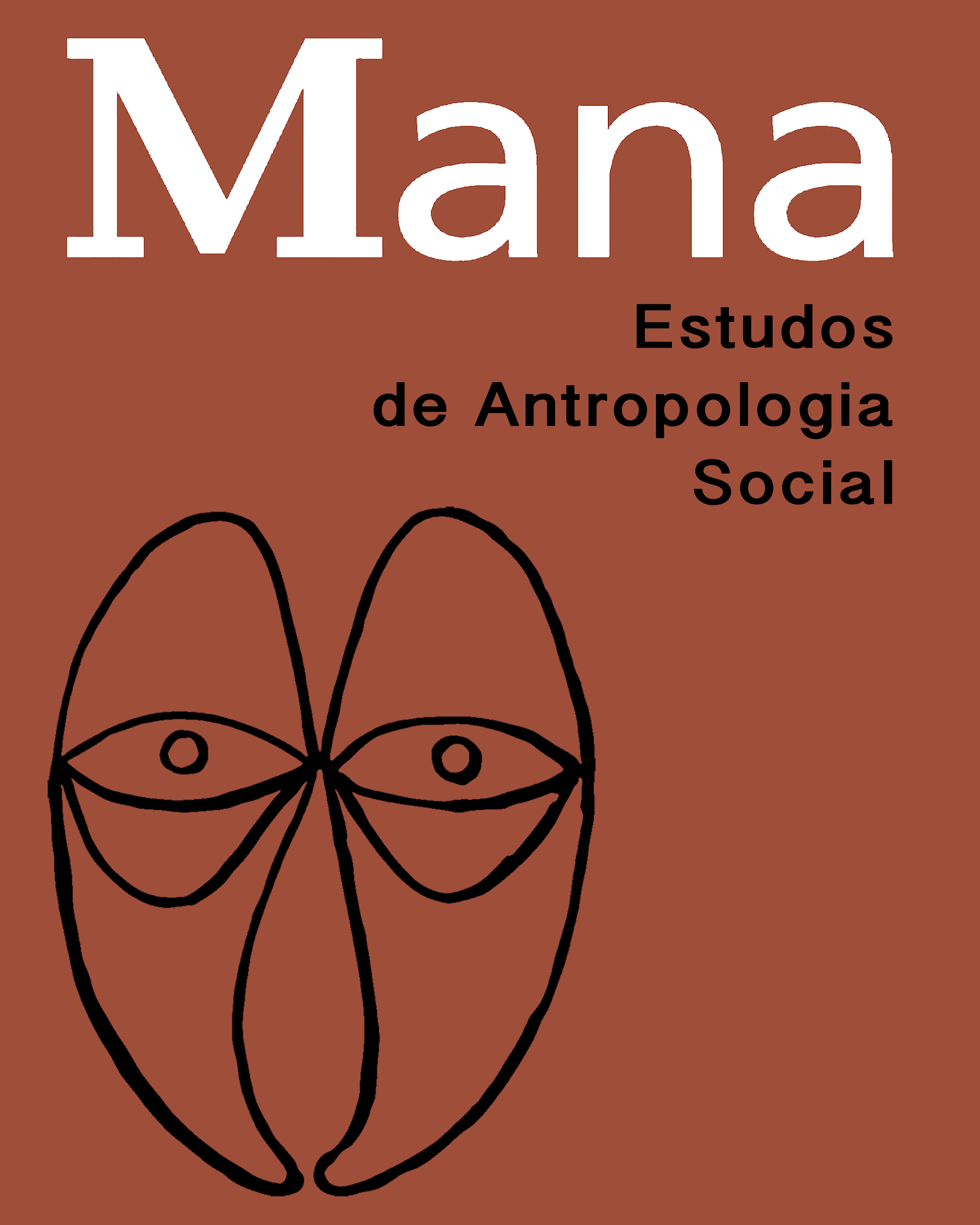Resumo em Português:
O artigo, apresentado anteriormente como conferência proferida em concurso, trata dos usos da antropologia social do trabalho no momento em que grande número de grupos de trabalhadores, numa escala internacional, é atravessado por transformações atingindo identidades coletivas anteriormente construídas. Argumenta-se que, se a memória coletiva é um instrumento para a transformação social, certas grandes transformações também estimulam a demanda premente por uma memória objetivada e transmissível. Além disso, a memória, ela própria, transforma-se ao longo do tempo de acordo com as necessidades e as disputas do presente, podendo tornar-se, em certas circunstâncias, um elemento de coesão ou, inversamente, um campo de novos conflitos sociais. Procura-se mostrar que as especificidades históricas dos grupos de trabalhadores como os apresentados no texto podem ser estratégicas para o avanço do conhecimento, ao se chamar a atenção para certas configurações de vontades coletivas e de imponderáveis da vida real na escala de desenvolvimentos históricos imprevistos. Por um lado, são comparados operários industriais do açúcar e, por outro, operários e operárias têxteis, segundo suas diferentes concepções de história. Mostra-se ainda como uma etnografia de longa duração com estes últimos operários e operárias pode ser apropriada por eles na construção de uma experiência de antropologia visual.
Resumo em Inglês:
The present article was originally presented as part of a class taught for an employment interview. It deals with the uses of the social anthropology of work at a moment in which a large number of workers, on an international level, are being rocked by ttransformations of their previously constructed collective identities. I argue that collective memory is an instrument for social transformation and that certain large transformations stimulate the demand for an objectified and transmittable memory. I also argue that memory itself changes over time in accordance with the demands of present-day disputes, becoming in certain circumstances and cohesive element or - inversely - an element that generates new social conflicts. I seek to show that the historical specificities of the workers' groups presented in the text can be understood as strategic for the advancement of knowledge by calling attention to certain configurations of collective will and of the impoderable facts of real life at the level of unforseen histgorical developments. Here I compare industrial workers in the sugar industry with textile workers, according to their differing conceptions of history. I show how an ethnography of the longue dureé of textile workers can be appropriated by the workers themsselves via the construction of a visual anthropological experiment.
